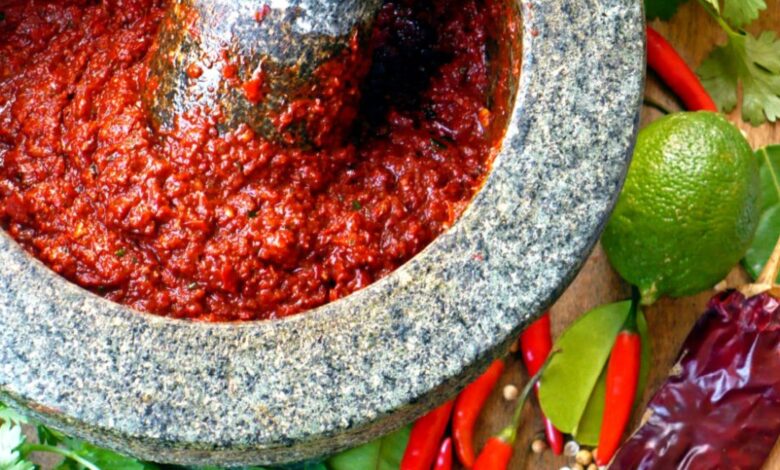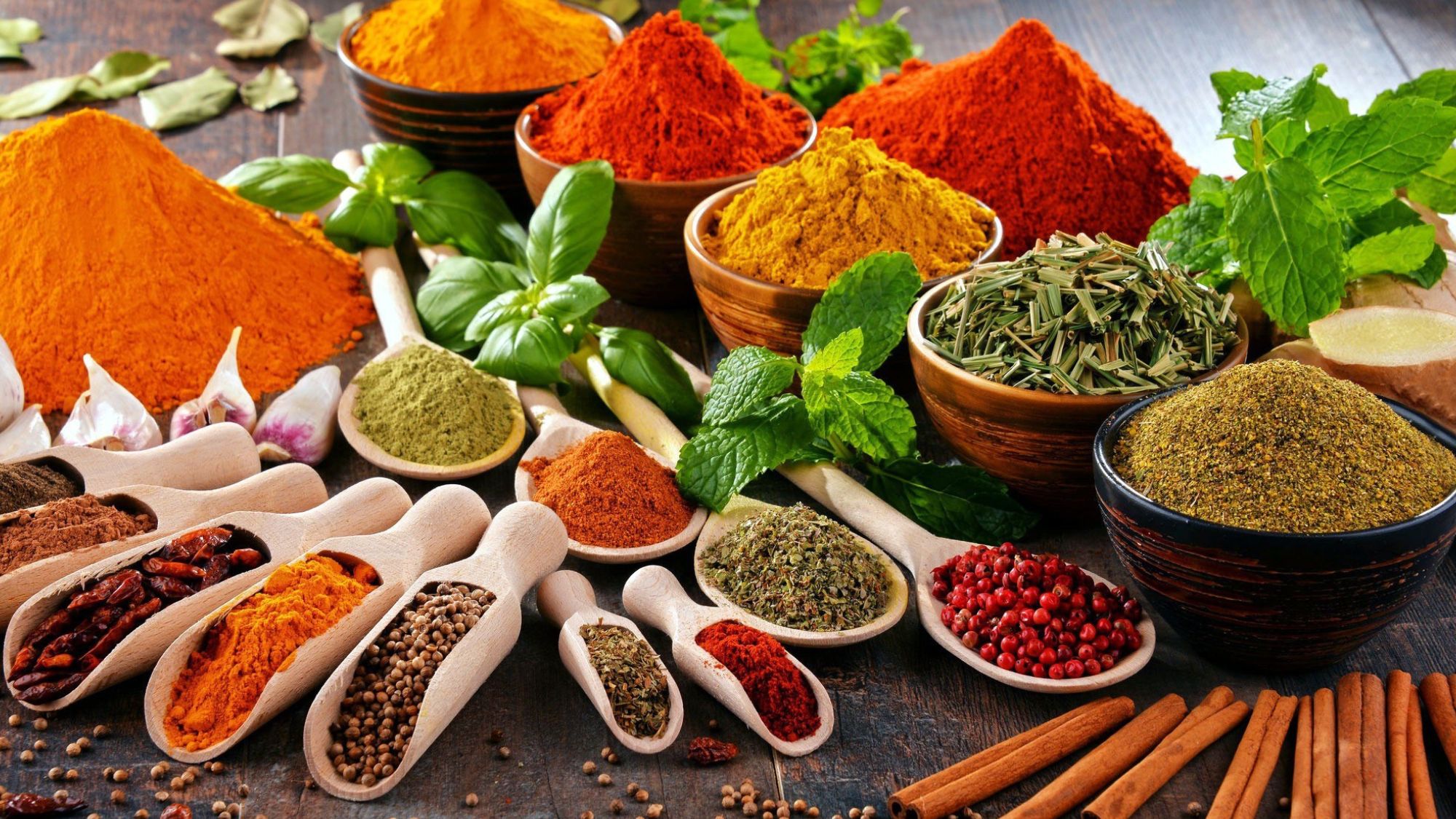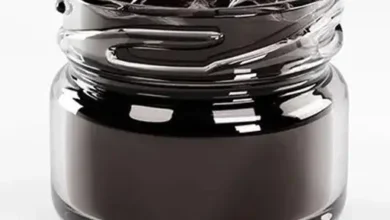Key Ingredients & Equipment To Make Curry Paste at Home

Making your homemade masala paste can be a fun and rewarding experience. By creating your blend of spices, you have the freedom to explore the richness and diversity of flavors that come with Indian cuisine. Not only is it a healthier option since you have control over the ingredients, but it’s also a great way to elevate the flavor of your dishes with a more potent and aromatic spice blend. In case you’re wondering where to start, we’ve got you covered with a detailed guide that covers the key ingredients and equipment needed to make masala curry paste at home.
Ingredients:
Spices:
Coriander Seeds: They form the base for many masala pastes, imparting a warm, citrusy flavor.
Cumin Seeds: These seeds add an earthy and aromatic flavor to the masala curry paste.
Fennel Seeds: They give a sweet, anise-like flavor that balances the earthy notes of other spices.
Cardamom Pods: Cardamom provides a unique floral and spicy aroma.
Cloves: They add a bold and spicy flavor, which is essential for a good masala curry paste.
Cinnamon Sticks: Cinnamon lends a sweet and woody flavor.
Black Peppercorns: They provide a sharp, spicy kick.
Bay Leaves: Bay leaves add a subtle bittersweet flavor and aroma.
Fresh Ingredients:
 Onions: They form the base for masala curry paste, providing sweetness and body.
Onions: They form the base for masala curry paste, providing sweetness and body.
Garlic: A key ingredient, garlic adds spice and depth of flavor.
Ginger: Ginger adds a spicy, zesty flavor.
Green Chillies: They add a spicy kick. The number of chilies can be adjusted according to taste.
Fresh Coriander Leaves: These leaves add a fresh and citrusy flavor.
Tomatoes: They provide tartness and body to the masala paste.
Others:
Oil: A good quality oil like coconut or vegetable oil is essential for frying and blending the masala curry paste.
Tamarind Paste: It provides a tangy flavor that balances the heat and spices.
Salt: To taste, for seasoning.
Equipment:
Grinder or Food Processor:
A grinder or a food processor is crucial for making masala curry paste. They help in blending all the ingredients into a smooth or coarse paste, depending on personal preference.
Frying Pan:
A frying pan is needed to toast the spices and saut the fresh ingredients. Toasting spices release their essential oils and enhance their flavor while sauting the onions, garlic, and ginger makes them soft and easy to blend.
Spice Grinder:
A spice grinder is helpful for grinding whole spices into a powdered mix that can be easily blended into a paste. If you don’t have a spice grinder, a mortar and pestle can also be used, though it requires more effort.
Storage Jars:
Once the masala paste is prepared, it must be appropriately stored to retain its freshness and flavor. Air-tight glass jars are the best choice for storing masala curry paste.
Measuring Spoons and Cups:
Accurate measurements are key to achieving the right balance of flavors. Having a set of measuring spoons and cups will ensure that you add the right amount of each ingredient.
Preparing the Masala Curry Paste:
Roasting the Spices:
Start by dry roasting the whole homemade spices (coriander seeds, cumin seeds, fennel seeds, cardamom pods, cloves, cinnamon sticks, black peppercorns, and bay leaves) on a medium flame in a frying pan until they become aromatic. This usually takes about 2-3 minutes.
Grinding the Spices:
Once the spices are roast, transfer them to a spice grinder and grind them into a fine powder.
Sauting Fresh Ingredients:
In the exact frying pan, dash some oil and saut the onions, garlic, and ginger until they become soft and translucent. This may take around 5-7 minutes on medium flame.
Blending:
Transfer the sauted fresh ingredients, ground spices, green chilies, fresh coriander leaves, tomatoes, tamarind paste, and salt into a grinder or food processor. Blend them until a smooth or coarse paste is ready, based on your preference. You might need to add a bit of water or oil to achieve the desired consistency.
Storing:
Once the masala curry paste is ready, let it chill thoroughly before moving it to air-tight glass jars for storage. If you’re storing it in a refrigerator, it can last two weeks; if in the freezer, it can last for up to six months.
Conclusion:
Making your masala curry paste is not only a rewarding experience but also a great way to add an authentic touch to your Indian dishes. By obeying a few easy steps, you can make a delicious and fragrant paste that can be mix in a variety of recipes, from curries to marinades. The best part about making your masala paste is that you have complete control over the ingredients and can customize the paste to your liking. Whether you prefer a spicier or milder taste, you can modify the amounts of the spices accordingly. By making your masala paste, you can elevate your Indian cooking and impress your guests with your unique and delicious creations.


